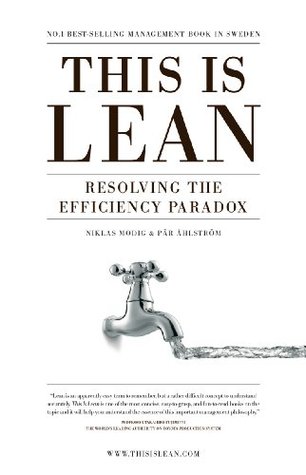More on this book
Kindle Notes & Highlights
Flow efficiency focuses on the amount of time it takes from identifying a need to satisfying that need.
Resource efficiency focuses on efficiently using the resources that add value within an organization.
Flow efficiency focuses on the unit that is processed in the organization.
Resource efficiency is a measurement of how much a resource is utilized in relation to a specific time period.
Opportunity cost is the loss from not utilizing resources to the fullest.
resource efficiency is a natural way of looking at things because it is in our nature to want value for money.
Flow efficiency is new in that it breaks with the historical and natural focus on the efficient utilization of resources.
Flow efficiency is a measurement of how much a flow unit is processed during a specific time period. The time period is defined from the time a need is identified to the time it is satisfied.
Direct needs are about creating a concrete outcome (for example, reaching a diagnosis), while indirect needs are about the experience.
Flow efficiency is not about increasing the speed of value-adding activities. It is about maximizing the density of the value transfer and eliminating non-value-adding activities.
Basically, the law of bottlenecks states that throughput time in a process is primarily affected by the stage of the process that has the longest cycle time.


